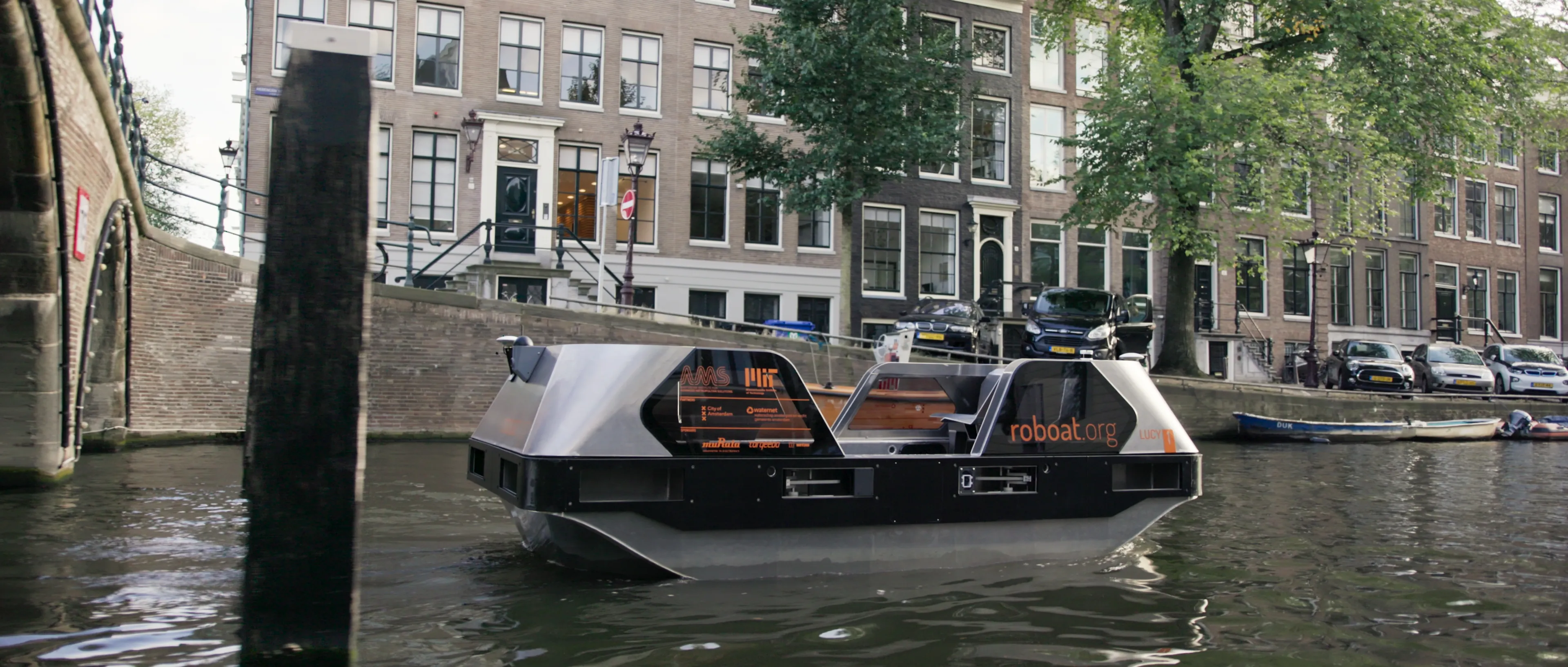According to new analysis from Frost and Sullivan, advances in sensor fusion technologies with high imaging capabilities to enhance manoeuvrability are quickening the development of unmanned vehicles. The resulting increase in the use of unmanned vehicles will eventually alter the dynamics of the transportation industry. The report, Innovations in Unmanned Vehicles–Land, Air, and Sea, finds that high-quality image and navigation sensors such as light detection and ranging systems, radar, and advanced global
March 10, 2015
Read time: 2 mins
RSSAccording to new analysis from Frost and Sullivan, advances in sensor fusion technologies with high imaging capabilities to enhance manoeuvrability are quickening the development of unmanned vehicles. The resulting increase in the use of unmanned vehicles will eventually alter the dynamics of the transportation industry.
The report, Innovations in Unmanned Vehicles–Land, Air, and Sea, finds that high-quality image and navigation sensors such as light detection and ranging systems, radar, and advanced global positioning systems are promising technologies that will play a key role in enabling unmanned vehicles. The integration of sensors, signal processing, and computer vision software in a form factor that is suitable for safe and precise usage will boost the capabilities of unmanned systems.
"Though various driver assistance systems are available today, improved obstacle and navigation technologies that can interpret unexpected behaviour – such as cyclists moving in traffic – will be essential for the deployment of autonomous vehicles," said Technical Insights research analyst Jabez Mendelson. "Apart from sensors, advances in lightweight materials suitable for harsh environmental conditions are also required."
Currently, unmanned systems are employed predominantly for military and research purposes. It is challenging for unmanned systems to find uses in commercial applications without clearing the standardisation norms and stringent tests laid down by various regulatory bodies. The constant evolution of platform technologies needed in unmanned vehicles adds to the challenge.
Effective platform integration, greater scalability, and enhanced sensor accuracy will be vital for the use of autonomous land vehicles, drones and marine vessels for commercial purposes.
"Developing high-quality sensors is critical to garner approval from regulatory and industrial bodies," stated Jabez Mendelson. "Integration with next-generation signal processing systems will also extend application scope to include surveillance, cargo carriers, and driver assistance systems and pave the way for the mass production of unmanned vehicles."
The report, Innovations in Unmanned Vehicles–Land, Air, and Sea, finds that high-quality image and navigation sensors such as light detection and ranging systems, radar, and advanced global positioning systems are promising technologies that will play a key role in enabling unmanned vehicles. The integration of sensors, signal processing, and computer vision software in a form factor that is suitable for safe and precise usage will boost the capabilities of unmanned systems.
"Though various driver assistance systems are available today, improved obstacle and navigation technologies that can interpret unexpected behaviour – such as cyclists moving in traffic – will be essential for the deployment of autonomous vehicles," said Technical Insights research analyst Jabez Mendelson. "Apart from sensors, advances in lightweight materials suitable for harsh environmental conditions are also required."
Currently, unmanned systems are employed predominantly for military and research purposes. It is challenging for unmanned systems to find uses in commercial applications without clearing the standardisation norms and stringent tests laid down by various regulatory bodies. The constant evolution of platform technologies needed in unmanned vehicles adds to the challenge.
Effective platform integration, greater scalability, and enhanced sensor accuracy will be vital for the use of autonomous land vehicles, drones and marine vessels for commercial purposes.
"Developing high-quality sensors is critical to garner approval from regulatory and industrial bodies," stated Jabez Mendelson. "Integration with next-generation signal processing systems will also extend application scope to include surveillance, cargo carriers, and driver assistance systems and pave the way for the mass production of unmanned vehicles."








